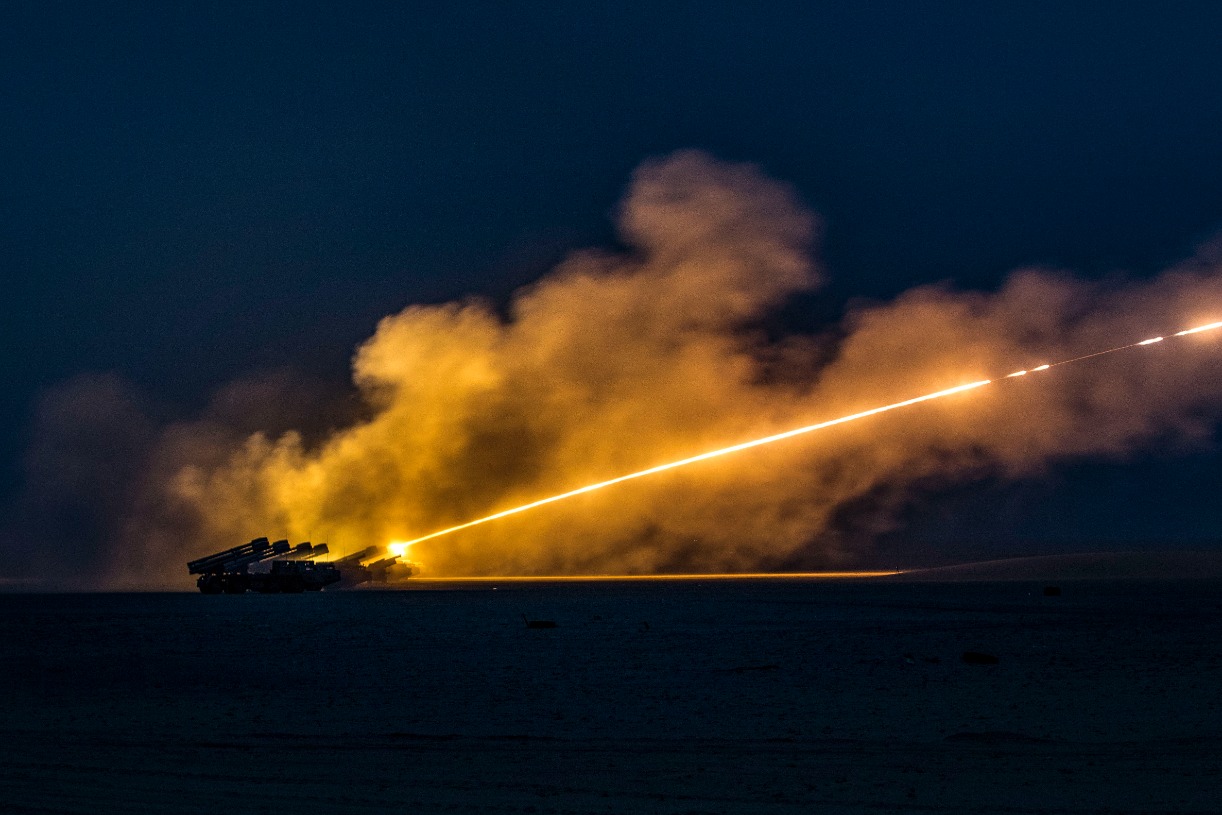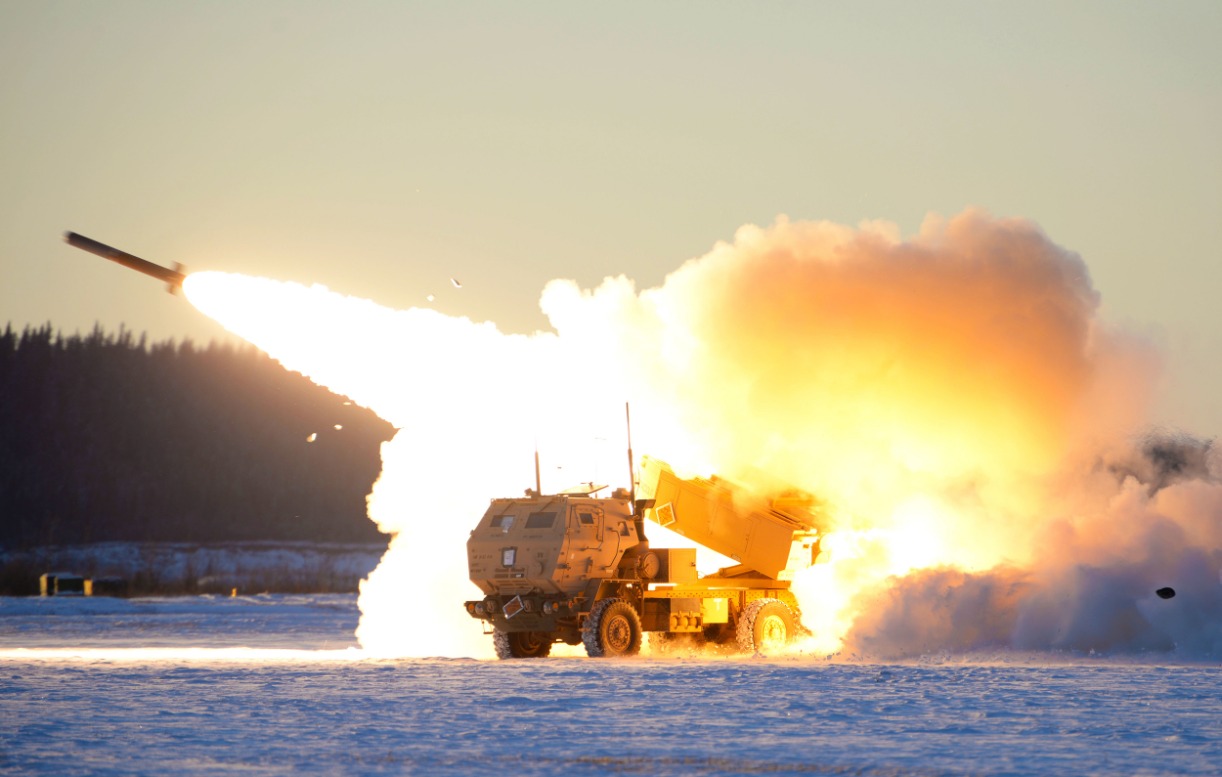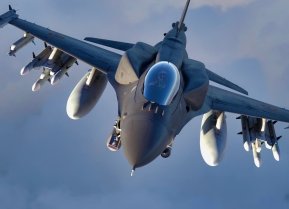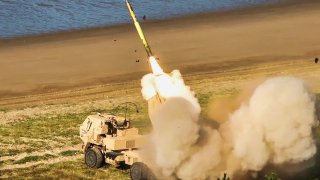HIMARS: The U.S. Weapon That Turned the Tide of the Ukraine War
The Ukrainians have continued to use the M142 HIMARS to suppress Russian logistics and take out high-value targets. But Moscow has learned, albeit the hard way, and is now more careful where it puts critical military functions.
HIMARS Made History in the Ukraine War: In the 23 months of fighting, Ukraine has received hundreds of different weapon systems and munitions from the U.S.-led Western international coalition.
Those weapon systems and munitions comprise everything and anything you can imagine, including main battle tanks, infantry fighting vehicles, artillery pieces, armored personnel carriers, anti-tank weapons, machine guns, air defense systems, mortars, radios, radars, fuel trucks, boots, bulletproof vests, first aid kits, portable anti-aircraft missiles, small watercraft, drones, helicopters, cruise missiles, and soon fighter jet aircraft.
But if you were to ask Ukrainian soldiers fighting on the frontlines about which weapon has made the biggest difference in the conflict so far, you would likely hear many them say “the HIMARS.”
HIMARS: The Weapon that Changed the Ukraine War
The M142 High Mobility Artillery Rocket System, or HIMARS, is a mobile rocket artillery system developed by the U.S. military.
The weapon system is operated by three men (driver, gunner, and section chief) and can carry six missiles that can reach targets up to 43 miles away, depending on the type of munition.
In many ways, the Ukrainian conflict is one of artillery. Having an extremely accurate and powerful rocket artillery system that can move around rapidly offers a great advantage to the Ukrainians.
Indeed, the M142 HIMARS will often fire its rockets and then drive away before they reach their target, thus making it impervious to counter-artillery fire.
First delivered in the early summer months of 2022, the introduction of the M142 HIMARS allowed the Ukrainian military to reach further behind Russian lines and target the important logistical nodes that enable military operations.
For example, soon after the first deliveries, the Ukrainian military debuted the M142 HIMARS in the southern part of the battlefield. Slowly but steadily, the Ukrainians dismantled the Russian logistical network, taking out ammunition depots, key transportation infrastructure, air defense systems, headquarters, electronic warfare nodes, and troop concentrations.
The Russian forces had no choice but to remove any critical military function further to the rear. As a result, their logistics became even slower, and troops on the front lines suffered from a lack of basic necessities and ammunition. Then, when the Ukrainians launched their surprise counteroffensive, first in the east and then the south, the Russian defenses crumpled under the pressure, allowing them to liberate hundreds of square miles of territory in just a few days.

Then, in the last hours of 2022, the M142 HIMARS struck again in one of the single-deadliest incidents of the war. Using electronic warfare to track Russian cellphones, the Ukrainians managed to pinpoint the location of a Russian troop concentration near the town of Marinka in eastern Ukraine. Soon thereafter, HIMARS missiles came running down on the Russian troops who were celebrating New Year's Eve. Western intelligence estimated that more than 700 Russian troops were killed or wounded in the attack.
The Ukrainians have continued to use the M142 HIMARS to suppress Russian logistics and take out high-value targets. But Moscow has learned, albeit the hard way, and is now more careful where it puts important military functions.

In addition to the M142 HIMARS, the Ukrainian forces have been using its older cousin, the M270 Multiple Launch Rocket System. The main difference between the two weapon systems is that the latter is tracked and thus slower but also better geared for rough ground.

The Ukrainian military is in service or expects to receive in the upcoming months 34 M142 HIMARS.
About the Author
Stavros Atlamazoglou is a seasoned defense journalist specializing in special operations and a Hellenic Army veteran (national service with the 575th Marine Battalion and Army HQ). He holds a BA from Johns Hopkins University and an MA from the Johns Hopkins School of Advanced International Studies (SAIS). His work has been featured in Business Insider, Sandboxx, and SOFREP.
All images are Creative Commons.


